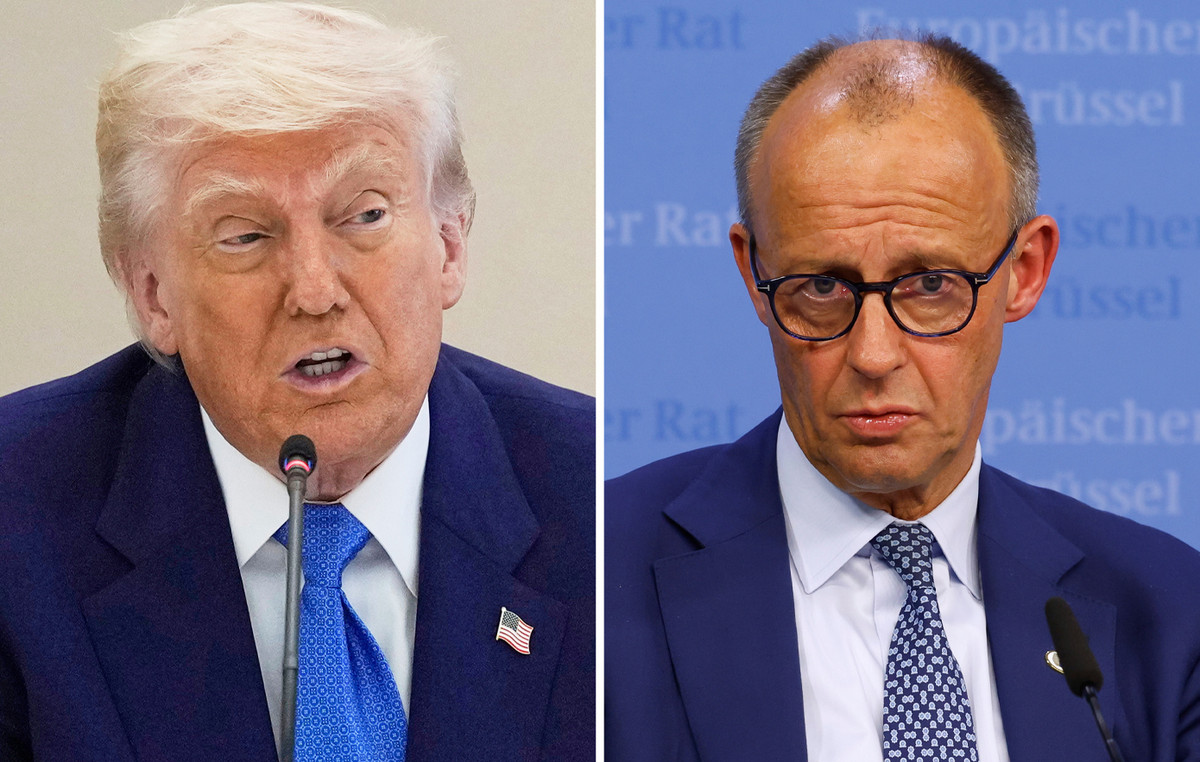The 27th United Nations (UN) climate conference, COP27, brings together representatives from 196 countries until November 18 in Sharm El Sheikh, Egypt.
The central objective of the conference is to debate issues around climate change on the planet, such as plans to mitigate greenhouse gases. The goals for reducing climate impact are defined in the Paris Agreement, to which the conference countries are signatories.
COP27 takes place with some pressure imposed by the agreement, since the countries are far from reaching the established level of requirement.
The Paris Agreement
With 16 paragraphs and 29 articles, the Paris Agreement establishes a series of actions to be followed by signatory countries to reduce greenhouse gas emissions. The treaty replaced the Kyoto Protocol, the first international agreement to control greenhouse gas emissions, signed in 1997 in Japan.
The Paris Agreement was signed on December 12, 2015 and went into effect on November 4, 2016 – it was necessary for countries responsible for about 55% of emissions on the planet to ratify this global commitment for the document to be valid.
Each country accumulates different targets, according to its conditions. These domestic targets form the Nationally Determined Contribution (NDC) in each signatory country.
The European Union and 193 other countries, such as Brazil, accounting for more than 90% of human gas emissions, joined the treaty. The only countries that have refused to join are in the Middle East, such as Iran, the record emitter in the region.
Some important points established by the agreement:
- Keep the global temperature rise below 2°C, compared to the pre-industrial average, in the coming years. However, the aim is to limit the temperature increase to 1.5ºC;
- Technology transfer and financing of around US$ 100 billion annually between developed and underdeveloped countries for the maintenance of actions against climate change;
- Review of the agreement every five years;
- Although there is effectively no obligation for countries to strictly follow the articles of the treaty, it is mandatory to monitor the efforts made by each signatory by experts;
- Every two years, nations must report on the progress they have made.
Brazil’s participation in the agreement
Brazil signed the Paris Agreement in 2015, with the goal of reducing its greenhouse gas emissions by up to 37% from 2005 emission levels by 2025. This target increases to a 43% reduction in issuance by 2030.
However, the Brazilian NDC is considered weak by environmentalists. According to the Climate Observatory, in order to meet the climate objectives of the Paris Agreement, Brazil should promote a net emission reduction of more than 80% compared to 2005. For this, the country would need, for example, to install more collection points of clean and renewable energy, extinguish deforestation throughout the national territory and restore around 14 million hectares of reserve areas.
According to the UN, the latest advances by the signatory countries of the treaty are “very far” from containing global warming and only 1% of emissions will be contained by 2030 with the results obtained so far.
Source: CNN Brasil
I’m James Harper, a highly experienced and accomplished news writer for World Stock Market. I have been writing in the Politics section of the website for over five years, providing readers with up-to-date and insightful information about current events in politics. My work is widely read and respected by many industry professionals as well as laymen.







